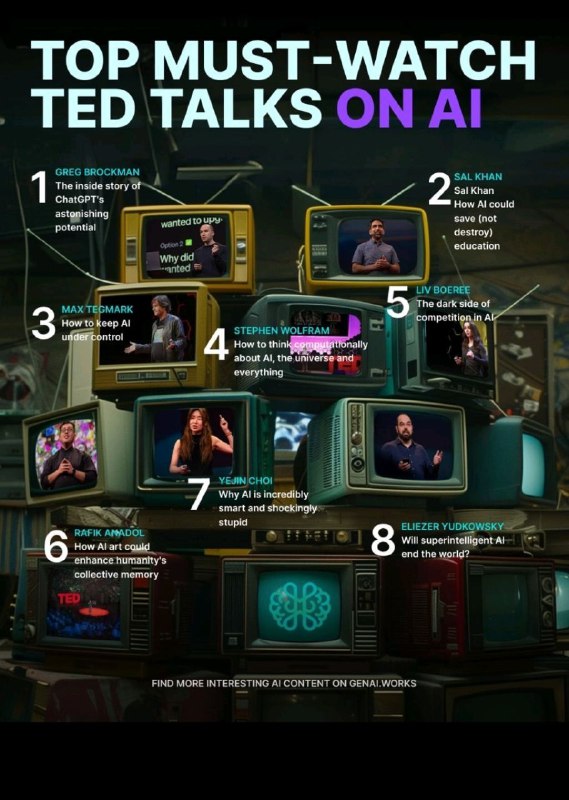2022-07-19 20:16:21
Nowadays it is clear that Python is the go-to language for AI, more than R. But have you ever wondered what contributed to this? I lived the transition from R to Python in the industry. Let me tell you the story.
R to Python
I joined Microsoft in 2016, and back then it wasn´t clear whether AI will be in R or in Python. The only big company interested in R was Microsoft, they had a product called R Server and they acquired a company called Revolution Analytics, so Microsoft had many top R developers. Other big techs like Google, Amazon, or Facebook were not interested in R at all, they were already using Python. Around 2018, it was clear that Python was becoming the language for AI, and R lost the race. Microsoft decided to focus all its efforts on Python first, instead of having two languages.
R for statistics, Python for machine learning
R has a long tradition in statistics, whereas Python was more popular in machine learning. Python took the lead thanks to two libraries, sklearn for general ML, and OpenCV for computer vision. While R users were more interested in statistical packages, Python users were more interested in machine learning packages. This is key because machine learning is better suited for products that solve business problems than statistics, therefore, machine learning got more support from the big techs. Big techs can afford to put developers into open source (I was one of them), so machine learning got more open source supporters than statistics.
R community was not interested in deep learning
In my view, the battle of R vs Python was lost in the deep learning space. R users were just not interested in deep learning at all, it was mostly statistics. I know this very well because I was one of the few R users pushing for deep learning in R. Between 2016 and 2017, I spent a lot of my time contributing to MXNet in R, which was the only deep learning library supporting R. While the Python package of MXNet had hundreds of supporters, R package had just a few. The consequence was that R was not able to follow up with the trend of modern AI that was being done with deep learning.
Nowadays it is clear that AI is written in Python, but it's a pity because I love R, it's a great language.
I think one interesting lesson to get from the evolution of R vs Python is that the
power of the open source community is much stronger than the industry. Microsoft (and other companies) put millions of dollars to support R, but the community was not interested in machine learning or deep learning.
In the end, the lesson is the same as in other industries, the customer (in this case the user) is the king. This article was written by Miguel Fierro.
If you like it, please consider to show
18.9K viewsedited 17:16




